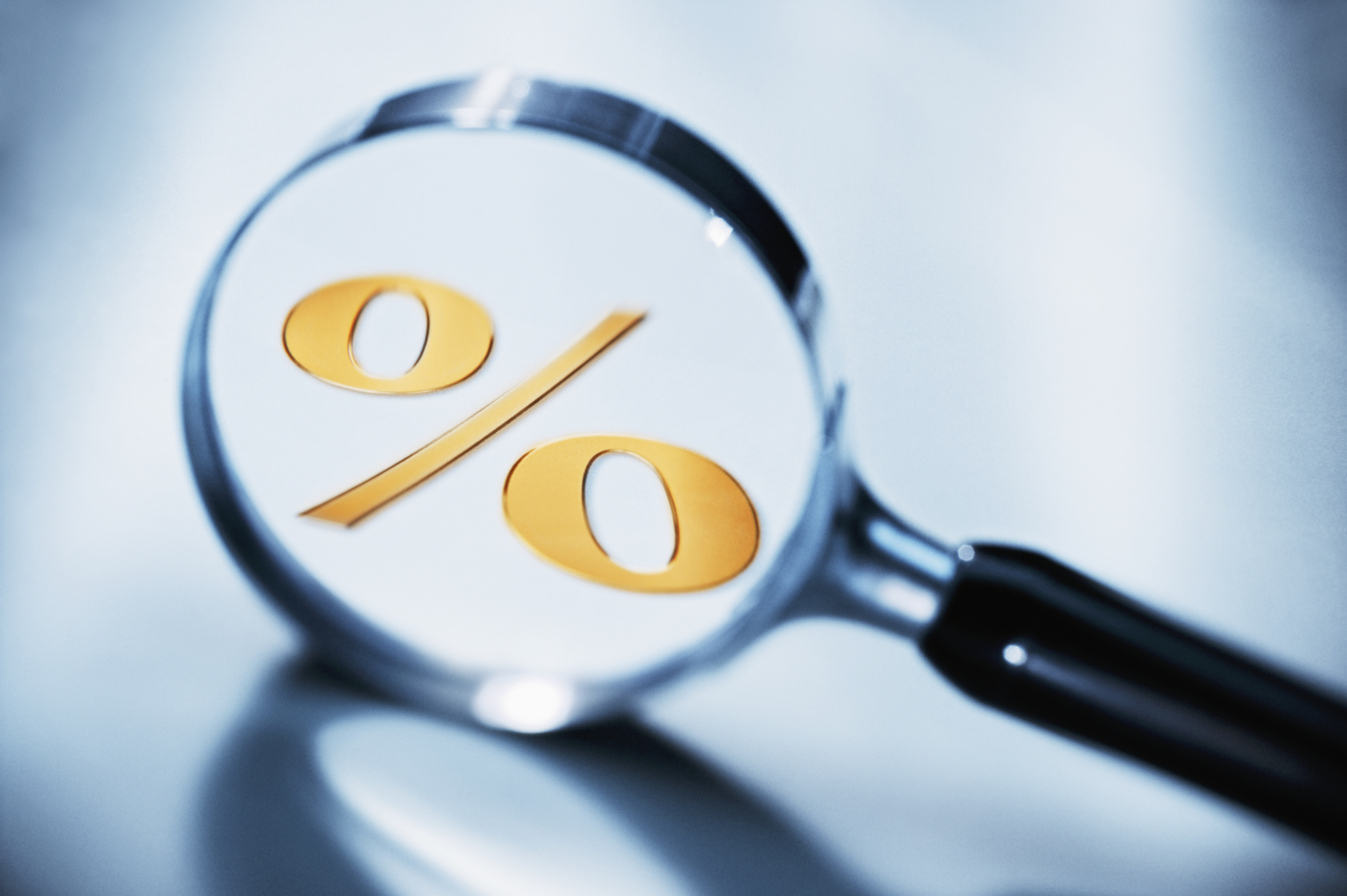TipRanks
6 min read
In This Article:
The banking world feels like a high-stakes poker game. The chips are flying, the players are tense, and the dealer (i.e., the global economy) keeps throwing wild cards. Tariffs are spiking, markets are swinging, and whispers of a recession are growing louder. Yet, JPMorgan Chase (JPM), Bank of America (BAC), and Morgan Stanley (MS) are still at the table, brushing off market anxiety like seasoned risk takers.
-
Easily unpack a company's performance with TipRanks' new KPI Data for smart investment decisions
-
Receive undervalued, market resilient stocks straight to you inbox with TipRanks' Smart Value Newsletter
The three banking giants are navigating a landscape where intense trade wars, interest rate uncertainty, and highly volatile markets change sentiment by the day. And yet, they are doing better than most investors can imagine.
In the Trump era, banking sector investors should be bullish. There is plenty of legitimate optimism about the prospect of deregulation, rollbacks of capital requirements and consumer fee restrictions, and the big elephant in the room—crypto—all of which are expected to enhance profitability for major banks.
JPMorgan Chase is the guy who walks into a storm and somehow comes out looking sharp. Their Q1 was pretty much a flex, revenues reaching $46 billion, up 8% from last year, and a net income landing at $14.6 billion, driven by a 48% surge in equities trading. CEO Jamie Dimon, never one to sugarcoat, pointed to market volatility from Trump’s tariff threats as a boon for their trading desks. But he’s not blind to the clouds gathering. With a 50% chance of a global recession on his radar, Dimon’s team is bracing for impact, upping provisions for loan losses to $3.3 billion from $1.9 billion a year ago.
Still, JPM is positioned to keep winning, thanks to its sheer scale and, in my view, exciting tech bets. Some investors may not be aware, but JPM has been sinking billions into AI and digital platforms, with their UK digital bank, Chase, eyeing European expansion.
In the meantime, their 4,970+ U.S. branches and $4.1 trillion in assets under management are a fortress, giving them room to maneuver. The name comes with a catch—net interest income (NII) is under pressure. With the Fed signaling rate cuts, potentially cutting the federal funds rate to 3.9% by late 2025, their $94.5 billion NII forecast could take a hit. Still, JPM is built to withstand the storm.
Currently, most analysts are bullish on JPM stock. The stock features a Moderate Buy consensus rating based on 12 Buy and seven Hold ratings assigned in the past three months. No analyst rates the stock a sell. JPM’s average stock price target of $268.24 implies less than 1% upside over the next twelve months. In other words, the stock could already be fully valued at today’s levels.













